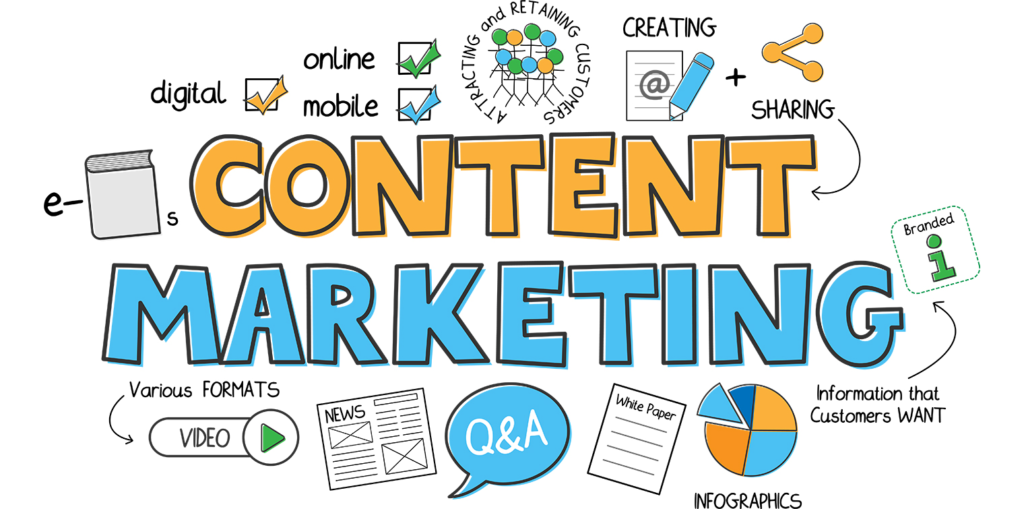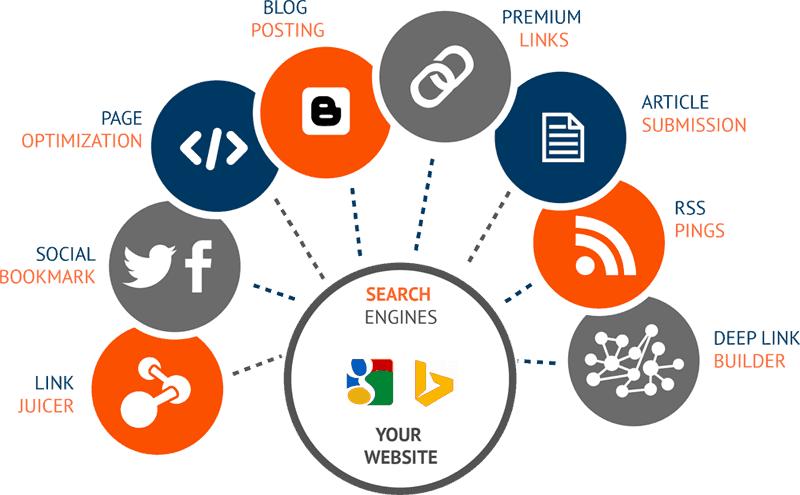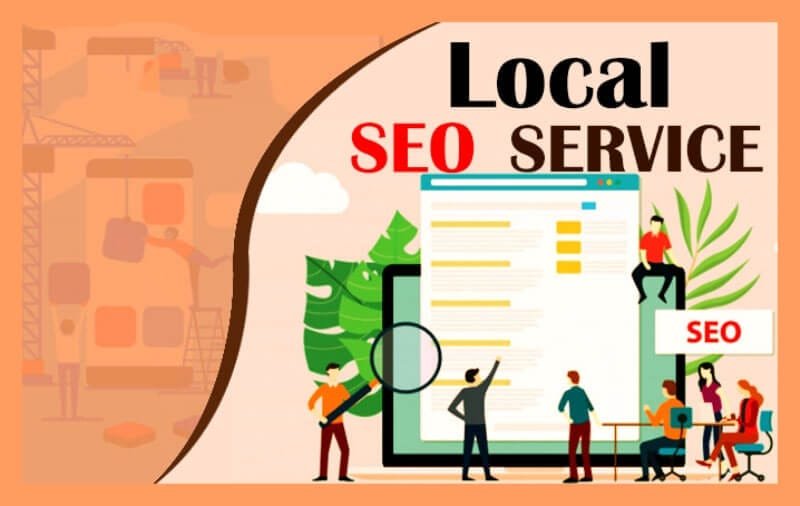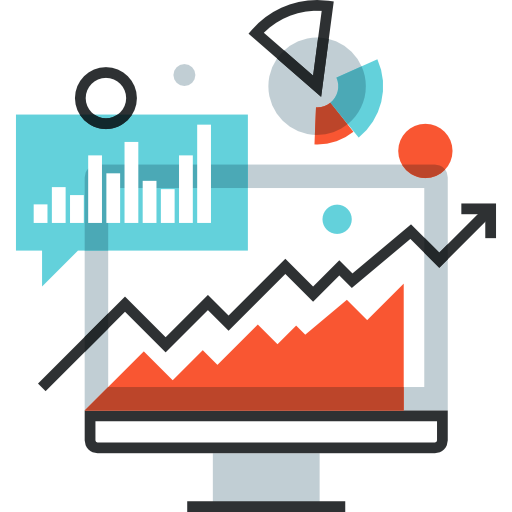Introduction
In the competitive realm of digital marketing, mastering Search Engine Optimization (SEO) is crucial for online success. At SS TECH SERVICES, we understand that effective SEO involves more than just basic keyword placement. It requires a comprehensive approach that balances On-Page vs. Off-Page SEO to truly enhance your website’s visibility and drive traffic.
Whether you’re a seasoned SEO enthusiast or a blogger aiming to improve your site’s performance, grasping the nuances of On-Page vs. Off-Page SEO is key to achieving better rankings and engaging your audience effectively. On-Page SEO focuses on optimizing elements within your site, while Off-Page SEO involves strategies conducted outside of your website to build authority and credibility.
In this blog, we’ll break down the essential tactics for both On-Page and Off-Page SEO, exploring how each strategy contributes to your overall SEO success and how you can leverage both to improve your online presence.
What is On-Page SEO?
On-page SEO involves optimizing elements on your website to improve its visibility and relevance in search engine results. This type of SEO focuses on aspects you have direct control over, allowing you to make targeted improvements that can directly impact your site’s performance and search engine rankings.

Key Components of On-Page SEO
Title Tags
Title tags are critical for both search engines and users as they provide the first impression of your page’s content. Appearing in search results and browser tabs, title tags play a pivotal role in attracting users to your site. To craft an effective title tag:
Be Concise and Descriptive: Aim for a length of 50-60 characters to ensure that the title is fully visible in search results without being truncated. A concise title helps users quickly understand the topic of the page and decide whether it matches their search intent.
Include Primary Keywords: Incorporate relevant keywords that reflect the content of the page. This alignment helps search engines understand the focus of your page and improves your chances of ranking for those terms.
Engage Users: Write a title that is not only informative but also compelling. Use action words or intriguing phrases that encourage users to click through to learn more.
Meta Descriptions
Meta descriptions provide a brief overview of what your page is about, appearing below the title tag in search engine results. Although meta descriptions do not directly impact rankings, they are crucial for driving clicks to your site. To create an effective meta description:
Keep it Between 150-160 Characters: This length ensures that the entire description is displayed in search results. A concise description helps maintain user engagement without overwhelming them with too much information.
Incorporate Keywords: Use relevant keywords that align with user search queries. This inclusion helps search engines and users identify the relevance of your page.
Create a Call-to-Action: Craft a description that encourages users to click through to your site. Phrases like “Learn more,” “Discover how,” or “Find out” can motivate users to take action.
Headings and Subheadings
Properly structured headings and subheadings are essential for organizing your content and making it easily navigable. They help both search engines and users understand the flow and main topics of your page.
Effective use of headings includes:
Use One H1 Tag: The H1 tag should be reserved for the main title of your page, clearly defining the primary topic. This tag helps search engines understand the focus of the page and improves content structure.
Organize Content with H2 and H3 Tags: Use H2 tags for major subtopics and H3 tags for further subdivisions. This hierarchical structure improves readability and allows users to quickly scan the content for relevant sections.
Keyword Optimization
Integrating relevant keywords into your content is crucial for SEO success. Effective keyword optimization involves:
Primary Keywords: Incorporate primary keywords into titles, headings, and the body of your content naturally. This integration helps search engines understand the main focus of your page and improves the likelihood of ranking for those terms.
Long-Tail Keywords: Use long-tail keywords to target specific phrases that reflect user intent and capture niche audiences. These keywords often have lower competition and can drive highly relevant traffic.
Avoid Keyword Stuffing: Ensure that keywords are used naturally within the content. Overloading your content with keywords can negatively impact readability and may lead to search engine penalties.
Content Quality
High-quality content is the cornerstone of on-page SEO. Creating valuable and engaging content involves:

Focus on User Intent: Address the needs and questions of your audience by providing solutions, insights, or information that adds value. Content should be tailored to meet the specific interests and search queries of your target audience.
Ensure Originality: Offer unique perspectives or insights that set your content apart from others. Avoid duplicating content from other sources, as original content is more likely to be valued by search engines and users.
Enhance Engagement: Use a mix of text, images, and multimedia elements to keep readers engaged. Interactive elements like videos, infographics, and charts can make your content more appealing and informative.
URL Structure
A clean and descriptive URL structure is essential for both user experience and SEO. To optimize URLs:
Keep URLs Short and Descriptive: Use URLs that clearly indicate the content of the page. Short, descriptive URLs are easier for users to remember and share, and they help search engines understand the page’s relevance.
Use Hyphens to Separate Words: Hyphens are preferred over underscores in URLs as they are more easily recognized by search engines. For example, use “my-article-title” instead of “my_article_title.”
Include Keywords: Incorporate relevant keywords into the URL to improve indexing and search engine visibility.
Internal Linking
Internal links connect different pages on your website, aiding in navigation and distributing page authority. To optimize internal linking:
Link to Relevant Pages: Use descriptive anchor text to link to related content within your site. This practice helps users find additional resources and improves the overall structure of your site.
Improve Navigation: Enhance the user experience by linking to related articles or pages that provide further value. Internal linking helps keep users engaged and encourages them to explore more of your content.
Image Optimization
Images can enhance your content, but they need to be optimized to ensure fast loading times and accessibility. Best practices for image optimization include:
Use Descriptive Alt Text: Provide alt text that describes the content of the image. This not only improves accessibility for users with visual impairments but also helps search engines understand the context of the image.
Optimize File Sizes: Compress images to reduce file sizes and improve page load speeds. Faster-loading pages enhance user experience and can positively impact your SEO performance.
Mobile-Friendliness
With the increasing use of mobile devices, ensuring your site is mobile-friendly is essential. Consider these factors:
Responsive Design: Use responsive web design to ensure your site adapts to various screen sizes and devices. A responsive design provides a seamless user experience across desktops, tablets, and smartphones.
Test Across Devices: Regularly test your site on different devices and screen sizes to identify and address any issues. Ensuring a consistent experience for mobile users is crucial for maintaining engagement and reducing bounce rates.
What is Off-Page SEO?
Off-page SEO encompasses strategies and activities conducted outside your website to improve its search engine rankings and credibility. This type of SEO focuses on building your site’s authority and reputation through external means.

Key Components of Off-Page SEO
Backlinks
Backlinks are a fundamental component of off-page SEO, acting as endorsements from other websites. To build a strong backlink profile:
Prioritize Quality: Seek backlinks from authoritative and relevant sites within your industry. High-quality backlinks from reputable sources can significantly enhance your site’s authority and ranking.
Diversify Sources: Obtain backlinks from a variety of domains, including industry blogs, news sites, and directories. A diverse backlink profile indicates to search engines that your site is widely recognized and valued.
Avoid Spammy Links: Steer clear of low-quality or irrelevant link sources. Spammy backlinks can harm your site’s reputation and lead to search engine penalties.
Social Media Engagement
Social media signals, while not direct ranking factors, can influence your site’s visibility and traffic. Effective social media engagement involves:
Active Participation: Regularly post and interact with your audience on social media platforms. Engaging with users through comments, shares, and likes can increase brand visibility and drive traffic to your site.
Create Shareable Content: Develop content that resonates with users and encourages them to share it with their network. Shareable content can amplify your reach and attract more visitors to your site.
Influencer Outreach
Collaborating with influencers can enhance your site’s authority and visibility. To leverage influencer outreach:
Identify Relevant Influencers: Choose influencers who align with your brand and industry. Influencers with a strong following in your niche can help promote your content and build valuable backlinks.
Build Meaningful Relationships: Engage with influencers through genuine interactions and collaborations. Establishing strong relationships with influencers can lead to more effective and long-lasting partnerships.
Secure Quality Mentions: Aim for mentions and backlinks from authoritative influencers. High-quality mentions can boost your site’s credibility and improve its search engine rankings.
Guest Blogging
Writing guest posts for reputable blogs can build backlinks and establish your expertise. To maximize the benefits of guest blogging:
Target Relevant Blogs: Select blogs that are relevant to your industry or niche. Guest posts on industry-specific sites can drive targeted traffic and enhance your site’s authority.
Offer Valuable Content: Provide unique and insightful content that adds value to the host blog’s audience. High-quality guest posts can establish your credibility and attract more readers to your site.
Online Reviews and Reputation Management
Positive reviews and a strong online reputation can influence your site’s credibility and attract more visitors. To manage your online reputation:
Encourage Reviews: Ask satisfied customers to leave reviews on platforms such as Google My Business or Yelp. Positive reviews can enhance your site’s credibility and attract more potential customers.
Respond to Feedback: Engage with both positive and negative reviews to show that you value customer feedback. Addressing concerns and resolving issues can improve your reputation and build trust with your audience.
Local SEO
For businesses with physical locations, local SEO is crucial for attracting local customers. Key strategies include:

Optimize Google My Business: Ensure your listing is complete and accurate, including business hours, contact information, and location. An optimized Google My Business profile helps improve your visibility in local search results.
Build Local Citations: List your business in local directories and ensure consistent NAP (Name, Address, Phone Number) information. Local citations can enhance your site’s credibility and improve local search rankings.
Comparing On-Page and Off-Page SEO

1. Control and Implementation
On-Page SEO: Offers direct control over elements like content and site structure, allowing for immediate implementation and adjustments. On-page SEO changes can be made quickly and directly affect your site’s performance and search engine rankings.
Off-Page SEO: Relies on external factors, requiring ongoing effort and relationship-building. Off-page SEO activities, such as acquiring backlinks and managing online reputation, involve interactions with other sites and platforms.
2. Impact on User Experience
On-Page SEO: Directly affects user experience through site usability, content quality, and page load speed. Well-optimized on-page elements contribute to a positive user experience and higher engagement.
Off-Page SEO: Enhances credibility and authority, indirectly impacting user experience by increasing traffic and engagement. A strong off-page SEO strategy can lead to more referrals and higher-quality visitors.
3. Time and Effort
On-Page SEO: Allows for quicker changes and results but requires ongoing optimization and maintenance. Regular updates and adjustments to on-page elements are necessary to keep up with evolving SEO best practices.
Off-Page SEO: Involves long-term strategies and consistent effort to build authority and reputation. Developing a robust off-page SEO presence takes time and persistence but can yield significant long-term benefits.
4. Measurement and Analytics

On-Page SEO: Metrics such as keyword rankings, page load speed, and content engagement are directly measurable. On-page SEO performance can be tracked using tools like Google Analytics and Search Console.
Off-Page SEO: Metrics such as backlink quality, social signals, and online mentions require different tools and analysis. Monitoring tools and platforms like Ahrefs, SEMrush, and social media analytics provide insights into off-page SEO performance.
Conclusion
At SS TECH SERVICES, we believe that understanding and implementing both on-page and off-page SEO strategies is crucial for achieving better rankings and driving more traffic. On-page SEO focuses on optimizing elements within your site to enhance user experience and relevance, while off-page SEO builds your site’s authority and reputation through external efforts. By effectively balancing these tactics, you can improve your online presence and achieve long-term success.
For bloggers and SEO enthusiasts looking to enhance their digital strategy, mastering both on-page and off-page SEO will set you on the path to improved rankings and increased visibility. If you need expert guidance or have any questions about your SEO strategy, don’t hesitate to reach out to SS TECH SERVICES. We’re here to help you navigate the complexities of SEO and achieve your online goals.